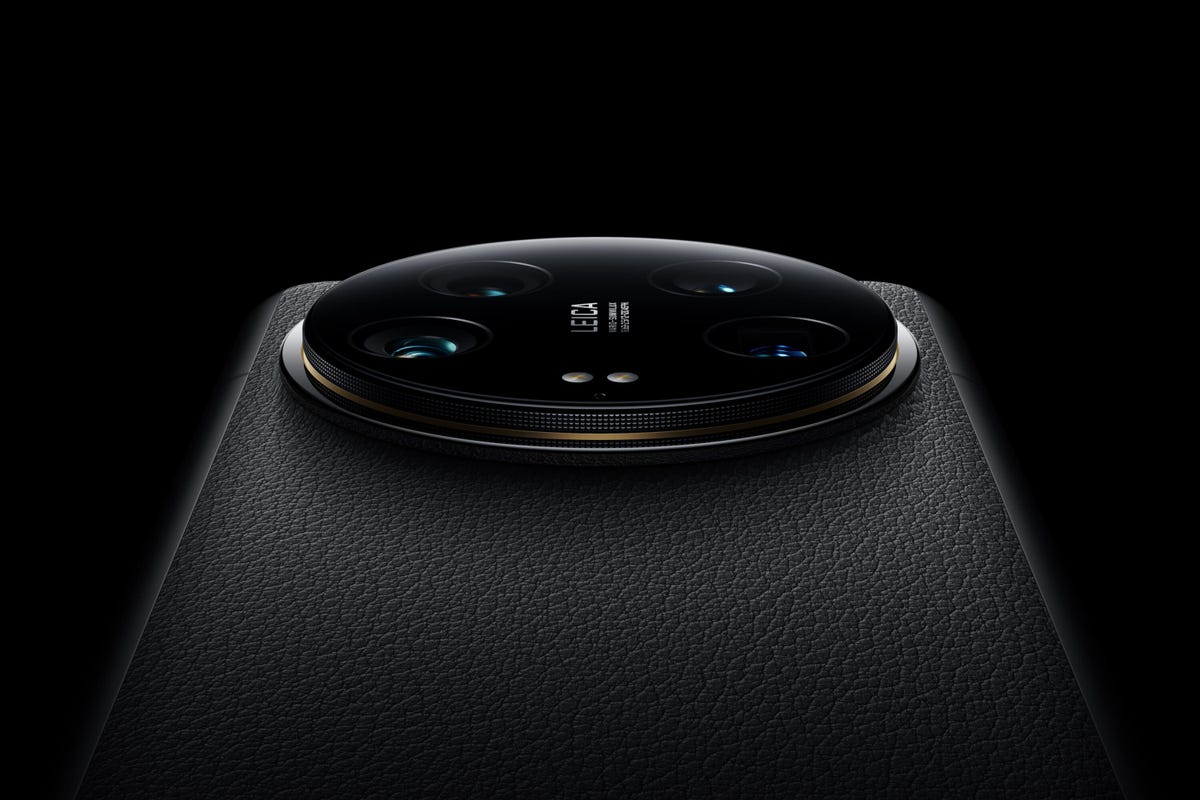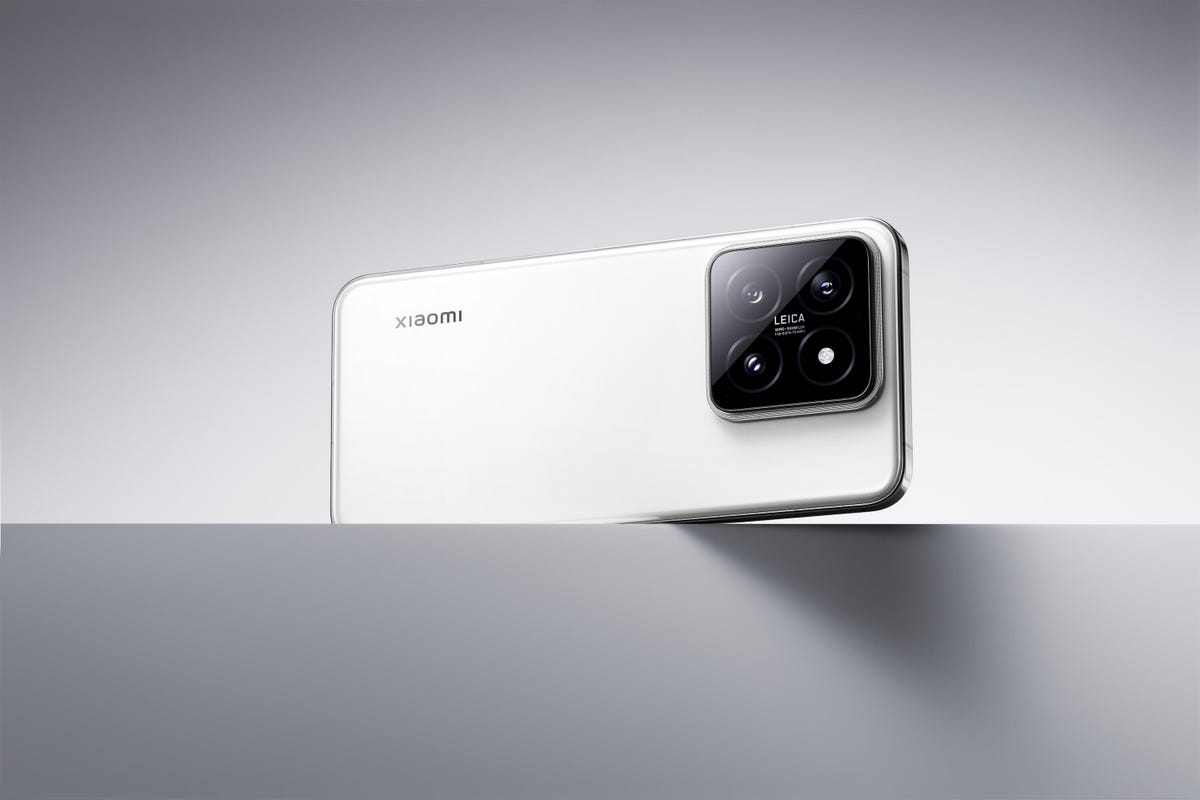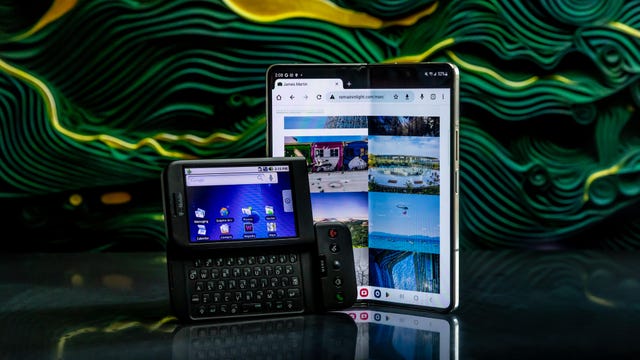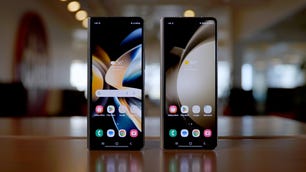The new Xiaomi 14 Ultra is all about photography, as indicated by its striking circular camera bump. With a 1-inch camera sensor and a variable aperture lens, as well as dual-telephoto cameras, Xiaomi’s latest flagship phone packs nearly everything photo enthusiasts are likely looking for in a phone. There are even lenses co-engineered with the iconic camera brand Leica.
Unveiled at an event during Mobile World Congress in Barcelona, the new phone is made by Chinese company Xiaomi. According to a report from International Data Corp. Xiaomi had the third-largest market share last year, beaten only by Apple and Samsung. And while the new Xiaomi 14 Ultra won’t be sold in the US, it will be available, alongside the regular Xiaomi 14, in Europe and the UK in March. Both phones have already been released in China.
Read more: Best Phone To Buy For 2024
The Xiaomi 14 comes in two models each with 12GB of RAM. There’s a 849 variant with 256GB of storage, and a 899 model with 512GB of storage — the prices convert respectively to $1,080 (AU$1.640) and $1,140 (AU$1,740). The 14 is available in black, white and jade green.
Meanwhile, the Xiaomi 14 Ultra has a single configuration with 1TB of storage and 16GB of RAM, comes in black or white and costs 1,299 (roughly $1,650, AU$2,510). There’s no word whether the special edition Xiaomi 14 Ultra, which is made with titanium instead of aluminum will get a launch outside China. The special edition follows the trend we saw Apple take with the iPhone 15 Pro and 15 Pro Max and Samsung with its Galaxy S24 Ultra.
Like the OnePlus 12, Asus ROG Phone 8 Pro and the Galaxy S24 series, the Xiaomi 14 and 14 Ultra run on Qualcomm’s Snapdragon 8 Gen 3 processor. Both phones are rated IP68 for water and dust resistance, meaning they can be submerged under a meter of water for 30 minutes. They also support 90-watt wired charging and 50W wireless charging. Both have a handful of AI features, including image search within photo albums and, like the Galaxy S24 series, the ability to generate extensions at the top, bottom and sides of a photo, beyond its original framing.
Xiaomi promises four generations of Android OS upgrades, and five years of security patches for each. It’s not as long as the seven-year commitment that Google and Samsung made for their newest phones, but it is good.
The Xiaomi 14 Ultra

The 14 Ultra’s biggest features by far are its four rear cameras. The main camera has a 50-megapixel 1-inch sensor, which actually isn’t an inch across. The term or naming convention for 1-inch sensors, or 1-inch-type sensors, is based on measuring cathode ray tubes for broadcast TV cameras from decades ago — well before smartphones and digital cameras.
That said, the 14 Ultra’s 1-inch sensor (which is closer to 0.6 inches diagonally) is larger than most other camera sensors currently used in phones. Larger sensors gather more light resulting in brighter photos with more detail and less image noise. The Oppo Find X7 Ultra, which was unveiled in January, also has the same sensor.
Xiaomi combines that big phone sensor with a 23mm lens (full-frame equivalent) that has a variable f/1.63 to f/4.0 aperture. Meaning you can adjust the lens aperture to let in more light or to have a longer depth of field allowing more of your subject to be in focus. Last year’s Xiaomi 13 Ultra had a similar variable aperture, but the 14 Ultra’s is about a stop faster.
The 14 Ultra also has 3.2x 75mm telephoto lens, a 5x120mm telephoto lens and a 12mm ultrawide angle lens.
You can buy the optional Xiaomi 14 Ultra Photography Kit accessory to mount on the 14 Ultra, which gives you more nuanced controls of the cameras. The grip has a two-stage shutter button, a zoom lever, a customizable video recording button and an additional custom dial. It also functions as an external charging 1,500-mAh battery bank.
The 14 Ultra has a 5,000-mAh battery. Around the front there’s a 32-megapixel selfie camera and a 6.78-inch variable refresh rate display (1 to 120Hz) with a peak brightness of 3,000 nits.
The Xiaomi 14

The Xiaomi 14 packs has a 4,610-mAh battery and a 6.36-inch variable refresh rate display (1 to 120Hz) with a peak brightness of 3,000 nits. It trades in the 14 Ultra’s massive circular camera bump for a smaller square one that houses a trio of lenses: wide, ultrawide and telephoto.
Like the 14 Ultra it has a 32-megapixel selfie camera. Instead of using Xiaomi Shield Glass over the display like the Ultra, the Xiaomi 14 has Gorilla Glass Victus.
Both phones are available to preorder and will go on sale in March.



